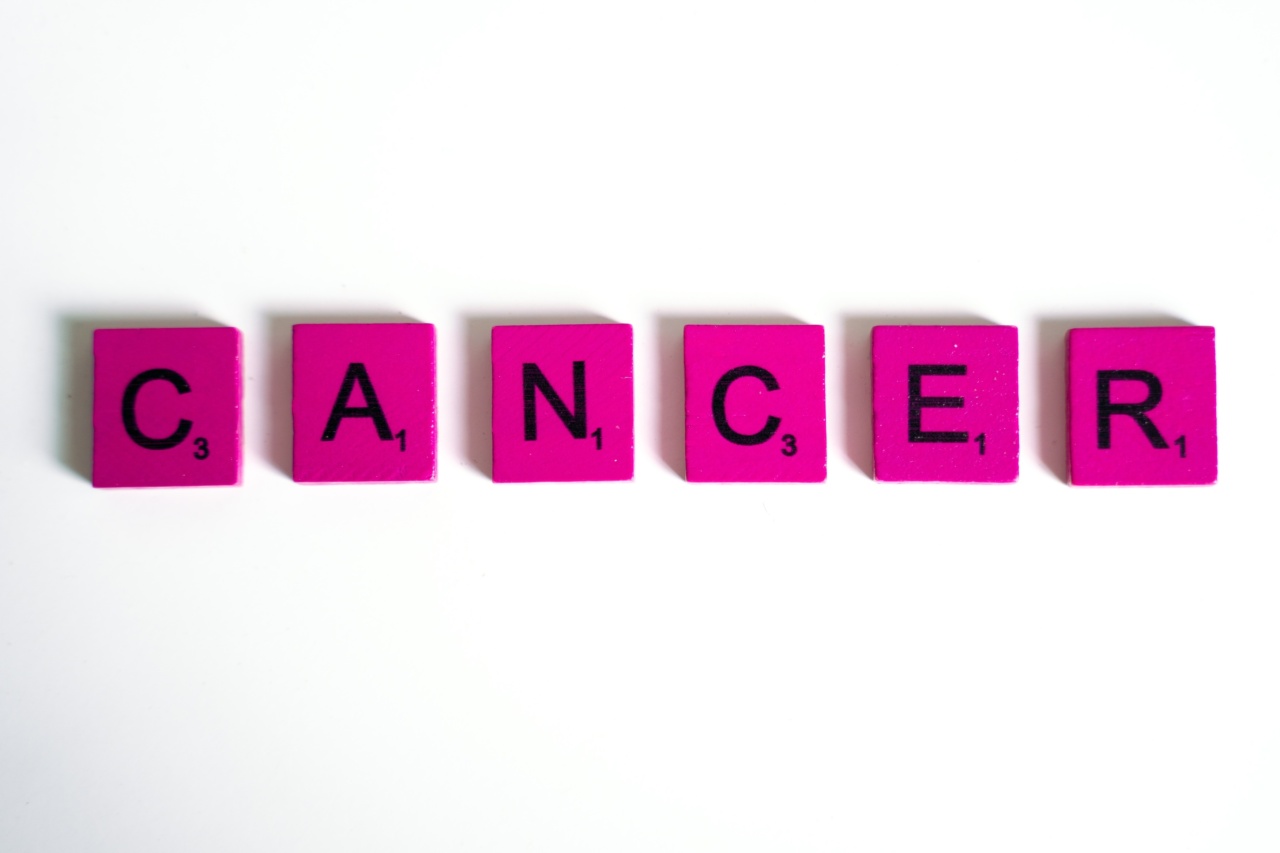Cancer is a leading cause of death worldwide, and its incidence continues to rise.
While advancements in medical science have led to better treatment options and higher survival rates, the lack of awareness and education about cancer signs persists as a major concern among the population. Many individuals remain oblivious to the early warning signs of cancer, which can significantly delay diagnosis and treatment, leading to worse outcomes.
The Impact of Ignorance on Cancer Diagnosis
The lack of knowledge about cancer signs poses a grave risk to public health. Early detection is crucial in overcoming cancer, as it allows for timely intervention and increases the chances of successful treatment.
Unfortunately, due to the prevailing ignorance surrounding cancer signs, individuals often overlook or misinterpret potential symptoms, leading to delayed diagnosis.
Delayed diagnosis can have severe consequences, as cancer may progress to advanced stages when it becomes more challenging to treat effectively. Consequently, the lack of awareness contributes to higher mortality rates and reduced treatment success.
Increasing public knowledge about cancer signs and symptoms is thus pivotal in promoting early detection and improving overall survival rates.
Common Signs of Cancer Ignored by the Population
There are various types of cancer, each with its specific signs and symptoms. However, some common cancer signs frequently go unnoticed or unrecognized by the general population. Here are ten prevalent cancer signs that are often ignored:.
1. Unexplained Weight Loss:
Sudden and unexplained weight loss can be an early warning sign of various cancers, such as pancreatic, stomach, or lung cancer.
Many people tend to attribute weight loss to alternative causes, such as stress or changes in diet, dismissing it as a temporary issue.
2. Persistent Fatigue:
Chronic fatigue is a symptom often associated with multiple cancers, including leukemia, colon, and lung cancer. Unfortunately, individuals frequently ignore persistent fatigue, attributing it to lack of sleep, overwork, or stress.
3. Changes in the Skin:
Skin changes can indicate skin cancers, such as melanoma. These changes may involve the appearance of new moles, changes in color or shape, or the development of sores that do not heal.
However, many individuals do not pay enough attention to their skin or dismiss such changes as harmless.
4. Chronic Heartburn:
Chronic heartburn or acid reflux, if persistent and not responding to usual treatment, may be a symptom of esophageal cancer. Unfortunately, people often assume it is just a case of indigestion and do not seek medical advice promptly.
5. Difficulty Swallowing:
Ongoing difficulties with swallowing, known as dysphagia, can be an early indication of esophageal or throat cancer.
However, individuals often attribute swallowing issues to allergies, aging, or other non-threatening causes, delaying medical attention.
6. Persistent Cough:
A persistent cough that lasts for more than a few weeks can be a sign of lung cancer or other respiratory diseases. Individuals may attribute it to seasonal allergies or a common cold, neglecting the possibility of a more serious underlying condition.
7. Changes in Bowel Habits:
Changes in bowel habits, such as persistent diarrhea or constipation, can indicate colorectal cancer. However, individuals often attribute these changes to dietary factors or other temporary causes, delaying the crucial step of medical consultation.
8. Unusual Bleeding:
Unexplained bleeding, such as bleeding between periods, rectal bleeding, or blood in the urine, can be indicative of various cancers.
Unfortunately, individuals may dismiss these symptoms as insignificant or unrelated to cancer, thereby missing an opportunity for early diagnosis.
9. Persistent Pain:
Chronic pain that persists in the absence of any apparent cause can be a symptom of different cancers, such as bone, ovarian, or brain cancer.
However, individuals often attribute the pain to aging or previous injuries, and thus fail to consult a healthcare professional for further examination.
10. Abnormal Lumps or Bumps:
Discovering an abnormal lump or bump on the body, which can be associated with various types of cancer, should never be ignored. However, many individuals may mistake such lumps for benign cysts, delaying necessary medical intervention.
The Importance of Early Detection and Education
Early cancer detection plays a pivotal role in improving treatment outcomes and ultimately saving lives.
However, without sufficient education, individuals are unlikely to recognize and act upon potential warning signs, leading to delayed diagnosis and poorer prognosis.
Increasing awareness about the common signs of cancer is crucial in empowering individuals to seek medical attention promptly.
Public health organizations, healthcare professionals, and local communities need to collaborate to develop and implement educational programs that emphasize the significance of recognizing and addressing symptoms that may indicate cancer.
Furthermore, healthcare providers should actively engage in educating their patients about cancer signs during routine check-ups and screenings.
Discussions about symptoms, risk factors, and the importance of early detection can significantly contribute to reducing ignorance and promoting proactive healthcare-seeking behavior.
Closing Thoughts: Combating Ignorance for a Healthier Future
The ignorance surrounding cancer signs within the population is a pressing issue that demands immediate attention.
By addressing this knowledge gap, we can transform the landscape of cancer care, improving early detection rates, and ultimately saving more lives.
Sustained efforts in cancer awareness and education can lead to a more informed population that recognizes the significance of potential cancer symptoms and seeks timely medical advice.
Let us strive towards a future where ignorance is replaced with knowledge, enabling early intervention and enhancing cancer outcomes.




























